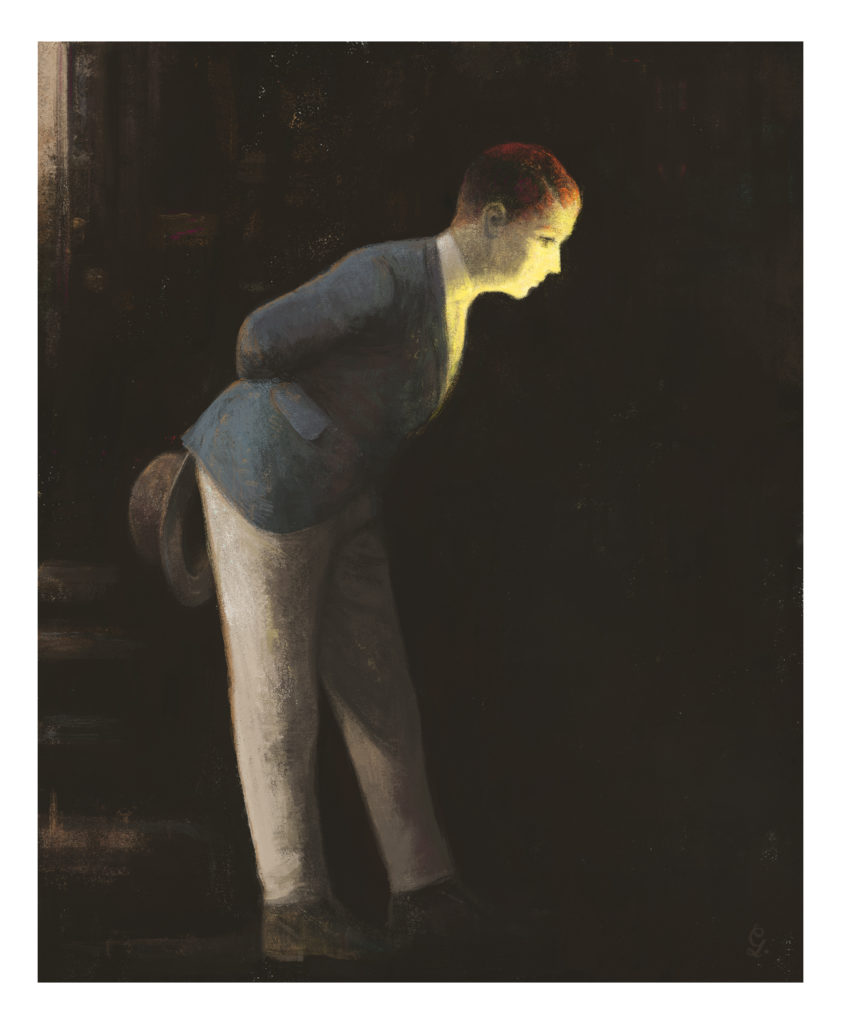
The most revered relic in the Church of San Silvestro in Capite in Rome is the head of John the Baptist, who, according to all four gospels, was beheaded by King Herod. Awkwardly, the most revered relic in Amiens Cathedral in France is … the head of John the Baptist. There is an old tale that an Italian tour guide, when confronted by this impossibility, said: “They have the head of John the Baptist as a baby. Ours is his head as an adult.”
The story is probably apocryphal, but as the Italians say, “se non è vero, è ben trovato!” (Rough translation: “Even if it’s not true, it should be.”) But it gets to the heart of a contradiction in the way we treat relics. On the one hand, they are an important part of Catholic faith, both as connections to our past saints and because of the sacramental imagination that is so central to Catholicism — the idea that the holy can be experienced here on earth in physical and spiritual ways. On the other hand, the sheer proliferation and redundancy of relics can strain even the most pious person’s willingness to accept the authenticity of them all.
As the Italians say, “Se non è vero, è ben trovato!”
Years ago, when I was teaching at Fordham, in order to demonstrate to the students that idea of a “Catholic imagination,” I asked the archivist of the New York Province of the Society of Jesus if we could borrow a selection of their relics. He didn’t disappoint, lending us a chunk of the table from the Last Supper and the bones of various saints — one of them an entire femur. “But is any of this true?” more than one student asked. “Maybe, maybe not,” I answered, “but what difference does it make if it helps you find holiness in your world and your life?” (I didn’t tell them that I almost laughed out loud when I puzzled through the Latin text attached to one item and realized it was “a fragment of the wedding veil of Mary the Mother of God.”)
So, it was with excitement but also a fair amount of skepticism when, in Rome in 2016, I got a chance to go on a Scavi Tour, a trip deep under the altar of St. Peter’s Basilica in Rome to see the purported tomb of St. Peter, chosen by Christ to lead the disciples and the nascent church. While the site has been identified with Peter’s crucifixion and burial for almost two millennia, only in the 20th century did serious archeological work begin under the basilica.
The cynic in me knew that the conclusion of the tour was going to be “Voila! There he is!” Romans know their audience. But what if, what if?
The first thing I realized is that archeologists in the 1940s must have been very short and very skinny. (I am neither.) The tunnels are narrow and cramped, and the humidity is artificially kept high to preserve artifacts. A second realization is that archeology is a painstaking, laborious, often frustrating endeavor, because everything you discover leads to 10 other discoveries. When archeologists dug into the first-century room where Peter was supposed to be buried, they found an entire mausoleum.
But they found something else off to the side, too. A niche in the wall with a body inside. It had been wrapped in expensive purple cloth, a sign of status and reverence in ancient Rome. Depending on whom you ask, the bones from the feet and hands were missing, an indication of crucifixion (the Romans, civilized gentlemen, crucified Peter upside down, for kicks).
On the Scavi Tour, you peek down from above, and you don’t see much. But then there it is, a little niche in the wall, with some Greek writing from the first century nearby.
“Here is Peter.”
Is it him? Maybe, maybe not. Our return up was by a different way, and when we reached the surface, it was inside St. Peter’s Basilica, packed to the gills with pilgrims and tourists and Mass-goers and every other creature in God’s great zoo.
And the cynical old journalist in me thought, what the hell, why not? “Peter is here.”
James T. Keane ’96 is a senior editor at America magazine and previously was an editor at Orbis Books. Keane’s writing has appeared in Philadelphia Weekly, U.S. Catholic, Busted Halo and elsewhere. Follow him @JamestKeane.
